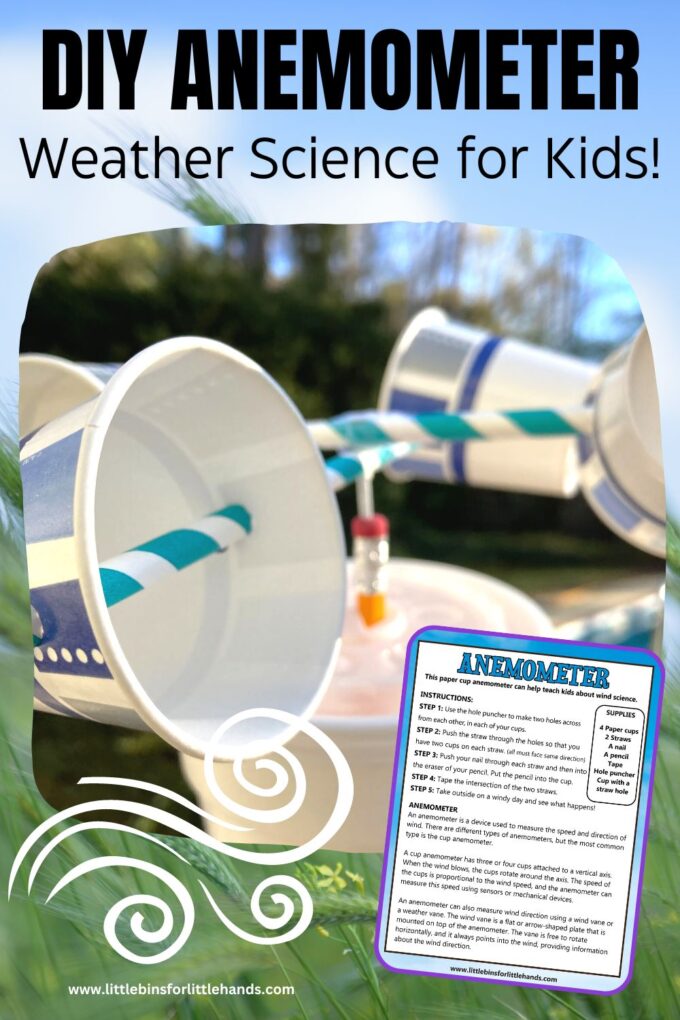Comprehending Different Kinds Of Anemometers for Various Applications
Comprehending Different Kinds Of Anemometers for Various Applications
Blog Article
All You Required to Understand About Anemometers: Just How They Function, Why They Matter, and Where to Utilize Them
Anemometers, however frequently ignored in the world of clinical tools, play an essential function in numerous areas, offering important understandings into wind speed and air movement patterns. As we dig right into the details of anemometer modern technology, we will discover the inner functions of these gadgets, their significance, and the key factors to consider when selecting the ideal anemometer for details applications.

Anemometer Fundamentals
A crucial tool utilized to measure wind speed and direction, the anemometer plays a crucial role in weather forecasting and different industries. An anemometer generally includes three or 4 mugs that turn in the wind, a vane that aims right into the wind, and sensors to track the activities or rotations. By calculating the turnings or motions over a specific time duration, the anemometer can figure out wind speed. The vane aids figure out wind direction by aiming into the wind, providing beneficial data for climate forecasting, aeronautics, maritime operations, ecological tracking, and wind energy applications.
There are various sorts of anemometers offered, including cup anemometers, vane anemometers, hot-wire anemometers, and sonic anemometers, each with its unique features and applications. Mug anemometers are generally made use of for standard wind rate measurements, while vane anemometers are chosen for directional measurements. Hot-wire anemometers appropriate for low airspeeds, and sonic anemometers are optimal for high-precision measurements in research study and commercial setups. Understanding the fundamentals of anemometers is necessary for exact wind data collection and analysis across various sectors.
Concepts of Anemometer Operation
Building on the fundamental understanding of anemometer essentials, the concepts of anemometer operation illuminate the mechanics behind wind rate and direction dimensions. Mug anemometers, for instance, have 3 or more mugs that catch the wind, causing them to spin quicker as the wind speed increases. Hot-wire anemometers depend on a warmed wire that cools down as wind passes over it, with the price of cooling down figuring out the wind speed.
Relevance of Anemometers
Anemometers play a vital duty in gauging wind rate and instructions, giving important data for weather condition a fantastic read projecting, environment studies, ecological surveillance, and air travel operations. Meteorologists depend on anemometers to gather accurate wind data, aiding them understand weather patterns, forecast storms, and concern prompt warnings to the public. Wind ranch drivers make use of anemometers to assess wind conditions and make the most of electrical power production from wind turbines.
Applications Across Various Industries
In the sustainable energy industry, anemometers play an essential role in examining wind problems for wind ranch positionings, guaranteeing ideal energy production. Industries like building and mining use anemometers to keep an eye on wind speeds, important for security procedures, especially when working at elevations or in open-pit mines where solid discover this info here winds can present hazards. In farming, anemometers help farmers in handling crop spraying by providing real-time information on wind rate to avoid drift.

Picking the Right Anemometer for Your Requirements
Picking the ideal anemometer customized to your details requirements is vital for acquiring precise wind speed and instructions measurements. When selecting an anemometer, take into consideration factors such as the intended application, required measurement range, environmental conditions, and desired functions. For general objectives, a cup anemometer is ideal for gauging wind rate, while a vane anemometer provides wind instructions data. Hot-wire anemometers are suitable for reduced airspeed measurements, and ultrasonic anemometers use high accuracy and toughness.

Conclusion
In conclusion, anemometers play a crucial duty in determining wind rate and direction throughout various industries. It is vital to take into consideration the importance of anemometers in order to make educated decisions when picking the most suitable gadget for measuring wind conditions.
There are numerous kinds of anemometers readily available, consisting of mug anemometers, vane anemometers, hot-wire anemometers, and sonic anemometers, each with its unique functions and applications. Cup anemometers are frequently made use of for standard wind rate dimensions, while vane anemometers are favored for directional dimensions. Hot-wire anemometers are appropriate for low airspeeds, and sonic anemometers are optimal for high-precision measurements in study and commercial setups.Structure on the fundamental understanding of anemometer fundamentals, the principles of anemometer procedure elucidate the technicians blog here behind wind rate and direction dimensions. For general purposes, a mug anemometer is appropriate for measuring wind speed, while a vane anemometer offers wind direction data.
Report this page